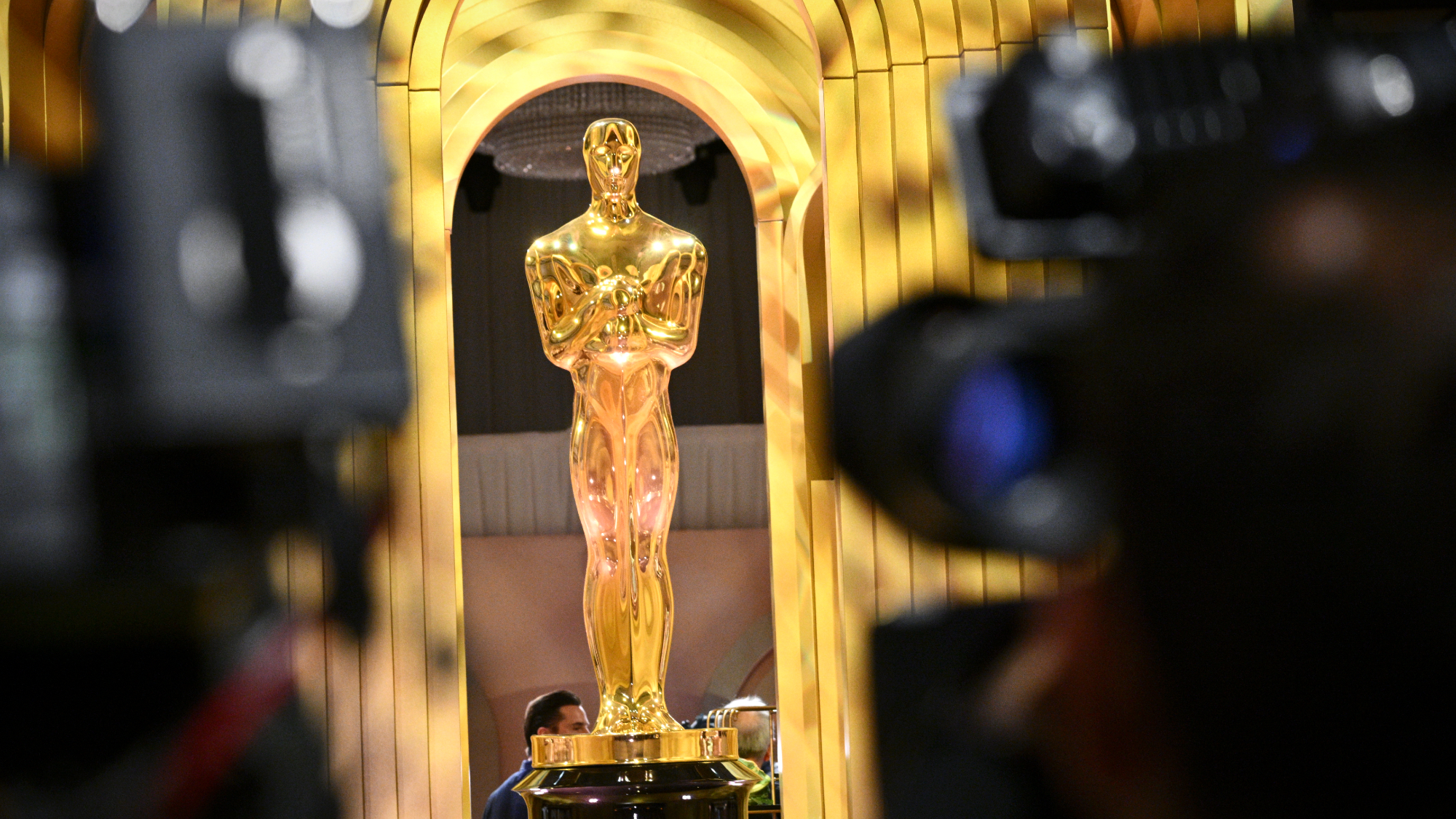Is Caster Semenya a hermaphrodite?
If the reports of the champion runner's gender test results are true, should she be allowed in women's races?
“Controversial” South African runner Caster Semenya “is a woman ... and a man!” said Oren Yaniv in the New York Daily News. According to unreleased, unconfirmed tests ordered by the International Association of Athletics Federations, 18-year-old Semenya has both male and female sex organs—no womb or ovaries, internal testes, and three times the level of testosterone as most women. Will the IAAF now strip her of her gold medal?
It certainly has grounds to, if it’s willing to be labeled “racist and sexist” by South African politicians, said blogger Ann Althouse. Semenya was raised as a girl, and underwent a makeover for You magazine, but with her 800-meter world championship at stake, it’s “in her interest to encourage people to think of her as female.” If Semenya is a hermaphrodite, there’s no getting around the question of “fairness to the other athletes.”
Sure, her elevated testosterone level “gives her an edge,” said Melissa McEwan in Shakesville, “the same way longer legs might.” But it’s a “biological anomaly,” nothing more. The IAAF faces a “complicated situation” in the Semenya case, with no clear answer, but I’d let “every world-class intersex runner”—“all, like, one of them”—compete against whatever gender she lives.
The Week
Escape your echo chamber. Get the facts behind the news, plus analysis from multiple perspectives.

Sign up for The Week's Free Newsletters
From our morning news briefing to a weekly Good News Newsletter, get the best of The Week delivered directly to your inbox.
From our morning news briefing to a weekly Good News Newsletter, get the best of The Week delivered directly to your inbox.
Perhaps. After all, we don’t bar Lance Armstrong from cycling because of his genetically superior oversize heart, said Kathy Gill in Newsvine. But Semenya wouldn’t be the first athlete, or even 800-meter champion, disqualified for being “intersexed”—in 2006, Indian Santhi Soundarajan “vaulted to the top of the same 800-meter game and came crashing down” when it emerged she had AIS, or androgen insensitivity syndrome.
A free daily email with the biggest news stories of the day – and the best features from TheWeek.com
-
 Trump aims to take down ‘global mothership’ of climate science
Trump aims to take down ‘global mothership’ of climate scienceIN THE SPOTLIGHT By moving to dismantle Colorado’s National Center for Atmospheric Research, the White House says it is targeting ‘climate alarmism’
-
 Oscars jump to YouTube after decades at ABC
Oscars jump to YouTube after decades at ABCSpeed Read The awards show will be broadcast worldwide on YouTube starting in 2029
-
 Jack Smith tells House of ‘proof’ of Trump’s crimes
Jack Smith tells House of ‘proof’ of Trump’s crimesSpeed Read President Donald Trump ‘engaged in a criminal scheme to overturn the results of the 2020 presidential election,’ hoarded classified documents and ‘repeatedly tried to obstruct justice’